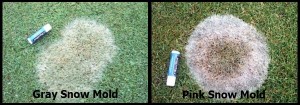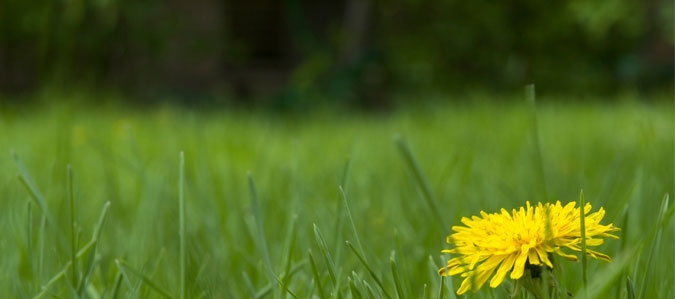Winter’s Sneaky Lawn Killer
Winter’s Sneaky Lawn Killer
Most people in this region love the look of a fresh blanket of snow, covering their lawn and neighborhood. We imagine that the phone will ring, and the boss will say, “Looks bad out there. Enjoy a day off.” And then you can spend a day enjoying the quiet that follows the storm, maybe build a snowman, toss a snowball at a neighbor, and relax in the evening with a nice warm cup of cocoa.
However, here in reality, you need to get up earlier in order to dig your car out of the mess – unless you used RLM’s popular snow removal service! – do your best to not spill hot coffee on yourself when someone who forgot how to drive slides into your car, and probably get pelted with a snowball by that intern whose name you never remember.
Ahhhh, daydreaming of those snow days past (it probably feels weird thinking about snow days as it seems we are setting records right now for the lack of snow this winter!)? Well hold on to your shovels – because even though we may not have snow on the ground now – there is a sneaky turf killer that could soon be discovered on your lawn.
The Fungal Nuisance You Have Probably Never Heard Of: Snow Mold
Snow mold is a fungal disease that you usually find when snow melts, but it grows during the winter months when the ground is cold and wet. There are two types of snow mold: gray snow mold and pink snow mold. Gray snow mold is caused by Typhula incarnata while pink snow mold is caused by Microdochium nivalis. Both gray and pink snow molds can affect all cool-season turfgrasses but tend to experience more issues on annual bluegrass and bentgrasses; generally not causing lasting harm to the crown or roots of the plants.
The various varieties of Snow Mold can be easily identified by well-defined circular patches, streaks of off-colored turf, and a white-pink mycelium growing between infected grass blades. And in some cases, patches of dead grass in the center of these rings. This fungus can be active anywhere between 30-60 degrees Fahrenheit.
Fungicide applications can aid in the prevention of this issue, but they will not repair the damage once it has become visibly evident. If your lawn has had recurring issues with Snow Mold, fungicide applications should be made in the late Fall, once the turf has gone dormant for the season.
How Can I Protect My Lawn?
- Always remove leaves in the fall. Leaving piles of leaves on the lawn throughout winter will create favorable conditions for the disease to take hold.
- Your final mow of the season should leave the lawn no taller than 2 ½-3 inches in height.
- If in the early Spring, you find signs of Snow Mold, rake the areas heavily, and remove any loose plant matter from the lawn. This will aid in preventing the disease from spreading any further.
If you notice irregular spots in your turf, and are unable to diagnose the issue, contact an RLM turf care professional online today, or give us a call at 219.996.2682. Waiting “just a few days” could be the difference between fixing a small issue, and needing major turf repairs.
Spring’s just around the corner, so hang in there and check back later for more lawn and landscape tips.









